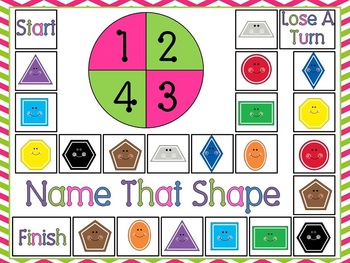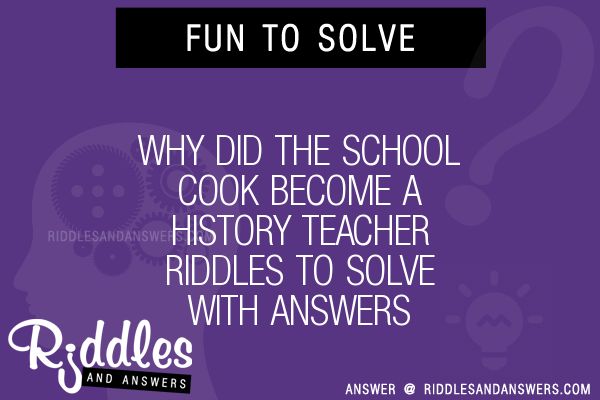
This article will help you find 5th grade math games that comply with Common Core Standards. This article includes games covering multiple subjects, such as multiplication and place value, as well coordinate planes. If you are looking for a fun way to help your students learn their new math concepts, read on! Below are links to some great games. Enjoy! Keep in mind that there are many other options at the end of the article.
Common Core Standards for Fifth Grade Math Games
Looking for engaging games for fifth grade math that will cover all Common Core Standards We have everything you need! Our selection of games is fun and easy to navigate. It includes 30+ games that will help learners improve their math skills. Many games allow for multiple levels in differentiation so students of different abilities are able to play. Games that are suitable for all ages and promote higher-level thinking are also available. Whether you're looking for a free trial or a subscription, we've got you covered.

Place value games
This place value games is a great tool to reinforce the concept. Students work together to solve a series problems. Students can use different pieces of puzzle to represent number. This helps students learn the relationships between numbers. Students will look for patterns as they move the pieces about the chart. They will compare and contrast the different forms of numbers and also break them down into their individual forms.
Multiplication games
This multiplication game is easy to play, and students must work in teams. The first team must come up with the multiplication answer for a given sentence. Each team holds up a card with the answer in front of them. Two points are awarded to the team if they get it right. If they get it wrong, they lose a point. This game is a good review tool for math classes and can be easily modified to meet the needs of students.
Coordinate planes games
Fifth-grade mathematics is crucially dependent on coordinate planes. So why not engage students with hands-on, fun games about coordinate planes? Students can find coordinate planes a complicated topic. However, the best games for fifth graders will help them to understand the concept and improve their math skills. Below are a few top coordinate planes game. The following resources can be used to find educational and fun coordinate plane games for fifth grade math.

Halloween math games
There are many ways to incorporate fun and interesting math games into your classroom, and Halloween is no different. These are some fun activities for fifth grade math students. Students can work in small groups and solve problems together. The best part? They'll have fun! Distributive property games will keep students active and learning throughout the day. They can also be used in many other ways. Below are three ideas for fun math activities for fifth grade students.
FAQ
What salary does an early childhood teacher earn? (earning potential)
A teacher in early childhood earns an average salary of $45,000 per annum.
However, there are areas where salaries tend to be higher than average. Teachers in large urban school districts are often paid more than teachers in rural schools.
Salaries are also affected by factors like the size of the district and whether or not a teacher holds a master's degree or doctorate.
Teachers often start out making less than other college graduates because they don't have a lot of experience. But their earnings can rise significantly over time.
What is the difference between college or school?
Schools are organized by grades or classes. Each teacher teaches a particular class. Colleges are bigger organizations that offer more specialized courses and may include university-level courses. Schools usually focus on basic subjects while colleges may offer a variety of subjects including arts, science, languages, business, etc. The curriculum at both levels is designed to prepare students for further study at higher levels.
How do you get scholarships?
Scholarships are grants to help with college expenses. There are many types and types of scholarships. There are many types of scholarships available.
-
Federal Grants
-
State Grants
-
Student Loans
-
Work Study Programs
-
Financial Aid
Federal grants are direct from the U.S. government. Federal grants usually require applicants to meet specific requirements. Financial need is one example.
Individual states offer state grants. These funds are offered by individual states based on financial need. Others offer money for specific purposes.
Banks and other lending agencies can provide student loans. Students usually borrow money to cover tuition and living costs.
Work-study programs are designed to encourage employers to hire qualified students. Employers must pay their employees at least the minimum wage.
Financial aid allows low-income families to afford college by paying for all or part of their tuition costs.
What is the purpose and function of education?
Education should be able to help students acquire the skills needed for employment. Education is more than a academic pursuit. It's a social activity that allows children to learn from one another and gains confidence through participation in arts, music, and sports. Education is about teaching students to think critically and create in order to be independent and self-reliant. What does it take to achieve high educational standards
High educational standards ensure that every pupil achieves their potential. They establish clear goals for teachers to work towards with their students. Educational standards should be flexible enough that schools can meet changing needs. They must also be fair and equitable so that every child has the chance to succeed regardless of their background.
Statistics
- In most developed countries, a high proportion of the population (up to 50%) now enters higher education at some time in their lives. (en.wikipedia.org)
- These institutions can vary according to different contexts.[83] (en.wikipedia.org)
- They are more likely to graduate high school (25%) and finish college (116%). (habitatbroward.org)
- And, within ten years of graduation, 44.1 percent of 1993 humanities graduates had written to public officials, compared to 30.1 percent of STEM majors. (bostonreview.net)
- Data from the Department of Education reveal that, among 2008 college graduates, 92.8 percent of humanities majors have voted at least once since finishing school. (bostonreview.net)
External Links
How To
What is vocational education?
Vocational Education is an educational system that prepares students for employment after high school or college by providing them training in specific skills needed for a particular job (such as welding). It also includes on-the-job training in apprenticeship programs. Vocational education is different from general education in that it prepares individuals for specific career paths rather than acquiring broad knowledge for future uses. Vocational education does not prepare students for university, but it helps them find work after graduation.
Vocational education is available at all levels of education, including primary, secondary, high school, college, universities, technical institutes as well as trade schools, community colleges and junior colleges. There are also many specialty schools like nursing schools and law schools, legal schools, medical schools and dental schools as well as veterinary medicine, veterinary medicine, firefighting, police academies and military academies. Many of these schools provide both academic instruction as well as practical experience.
A number of countries have made significant investments in vocational education over recent decades; for example, Australia, Denmark, Finland, Germany, Ireland, Japan, Luxembourg, New Zealand, Norway, Poland, Sweden, Switzerland, the United Kingdom, and the United States. The effectiveness of vocational education is still controversial. Some critics argue that it does little to improve students' employability; others argue that it provides useful preparation for life after school.
According to the U.S. Bureau of Labor Statistics (47% of American adults are currently holding a postsecondary certificate/degree related to their current job), this figure is higher among those with more education. This figure is higher for those with more education. 71% (25-29) of Americans have a bachelor's level or higher and work in fields that require a postsecondary degree.
In 2012, the BLS reported that nearly half of the nation's adult population had at least some form of postsecondary credential. About a third of Americans were able to obtain a twoyear associate degree. Another 10% had a fouryear bachelor's. One out of five Americans held a master's degree or doctorate.
For those with a bachelor’s degree, the median annual income was $50,000. This is compared to $23,800 if you don't have one. The median salary for people with advanced degrees was $81,300.
The median income for those who have not completed high school was just $15,200. Those with less than a high school diploma earned $13,000 per year.